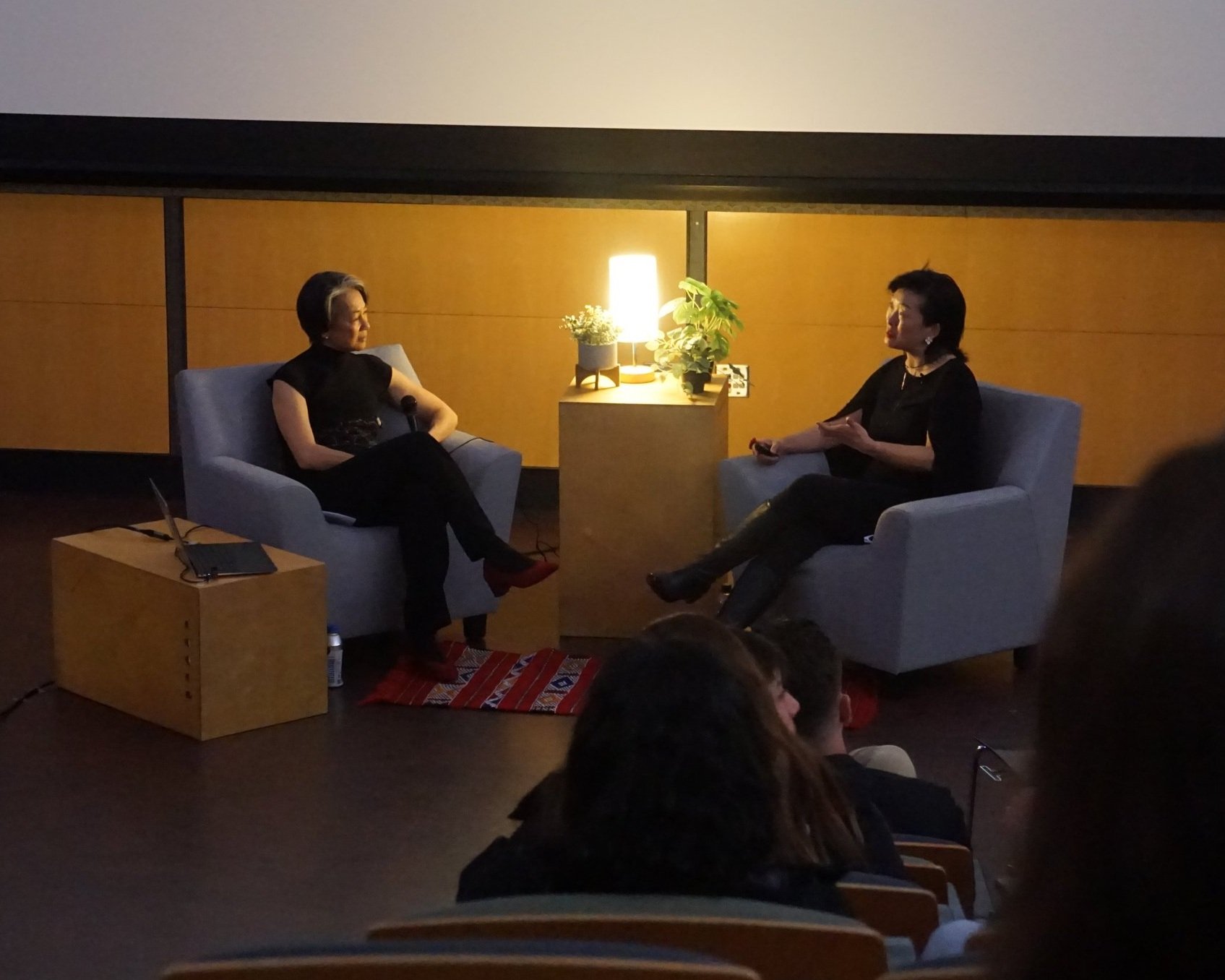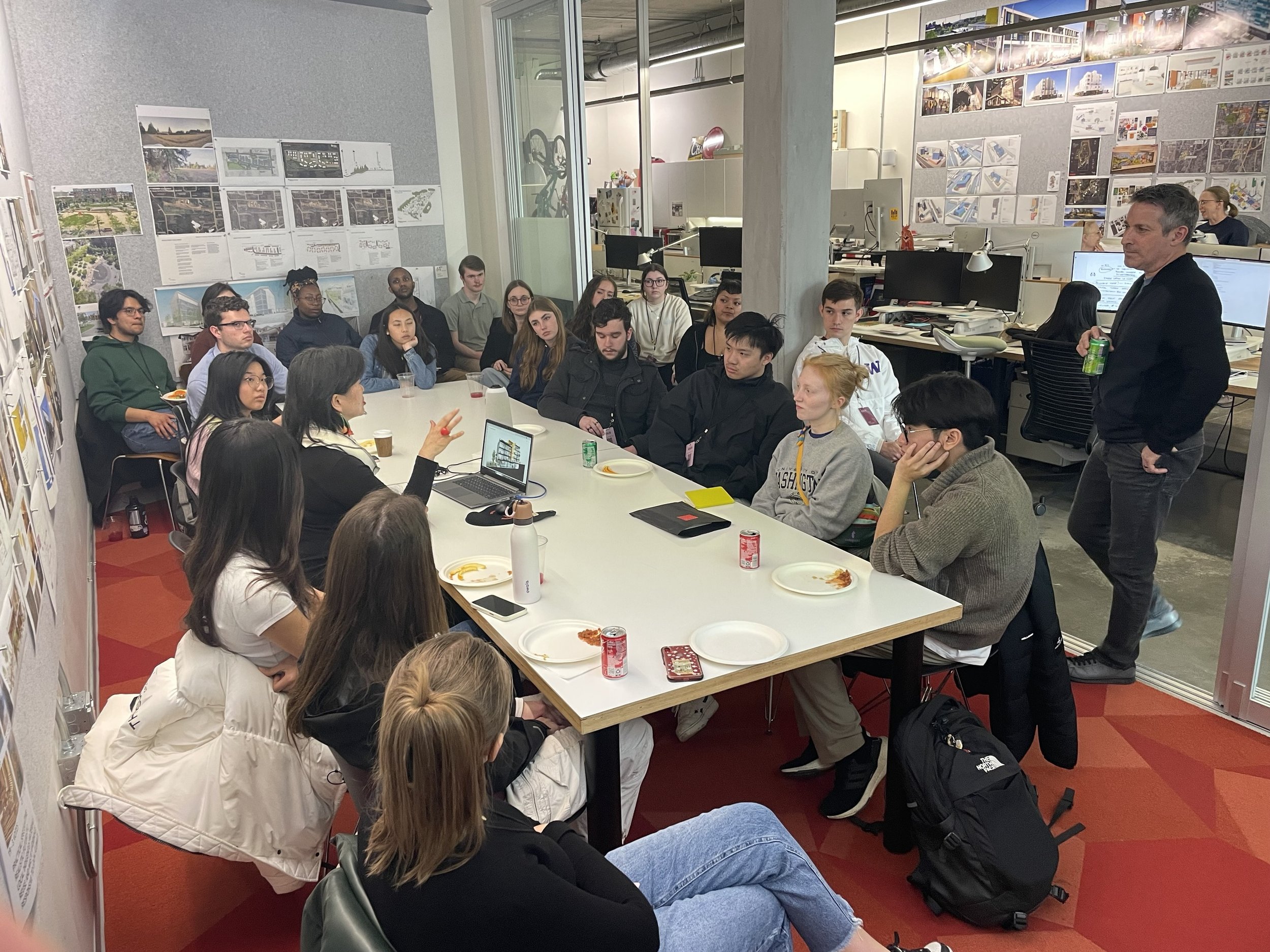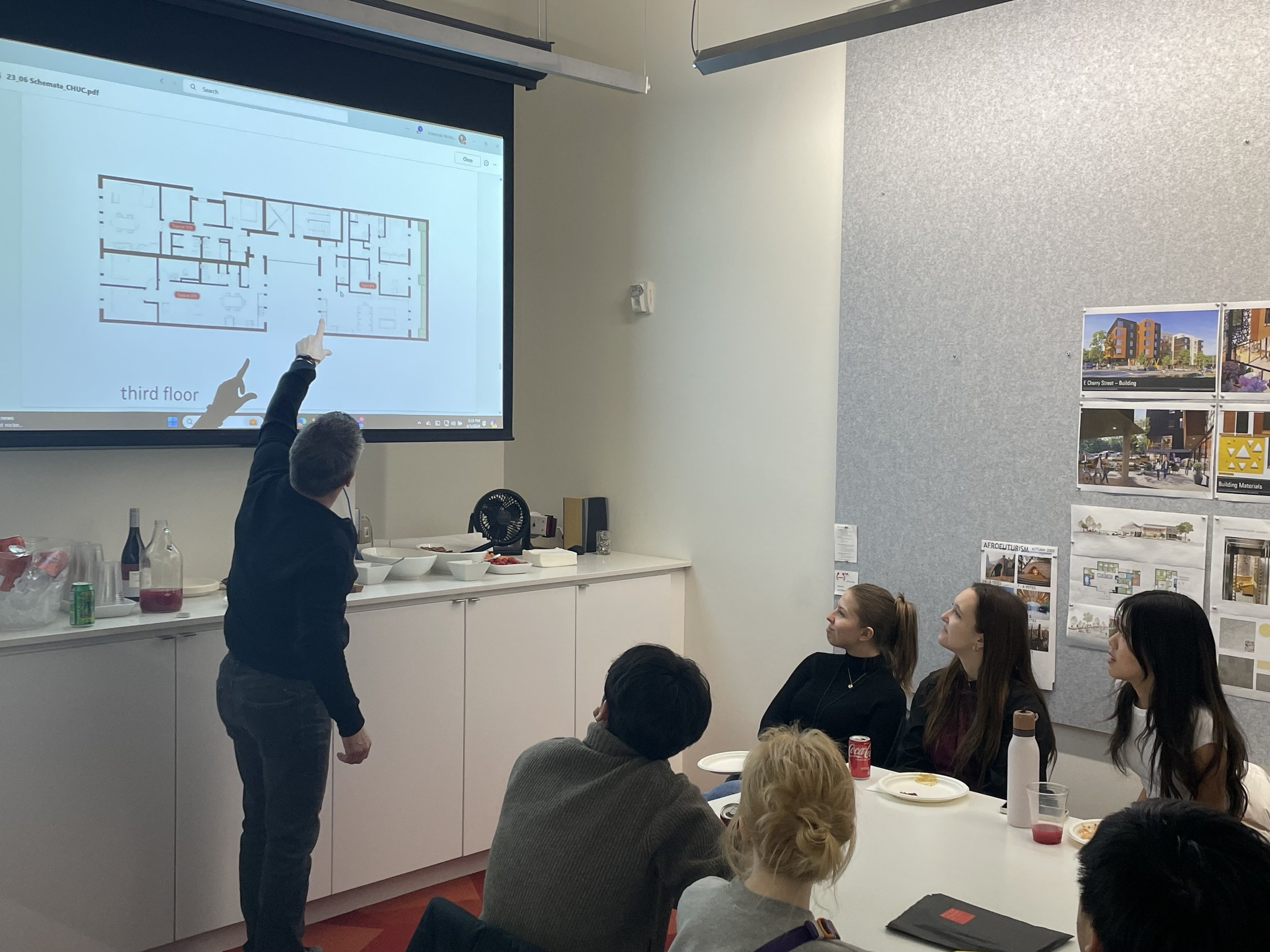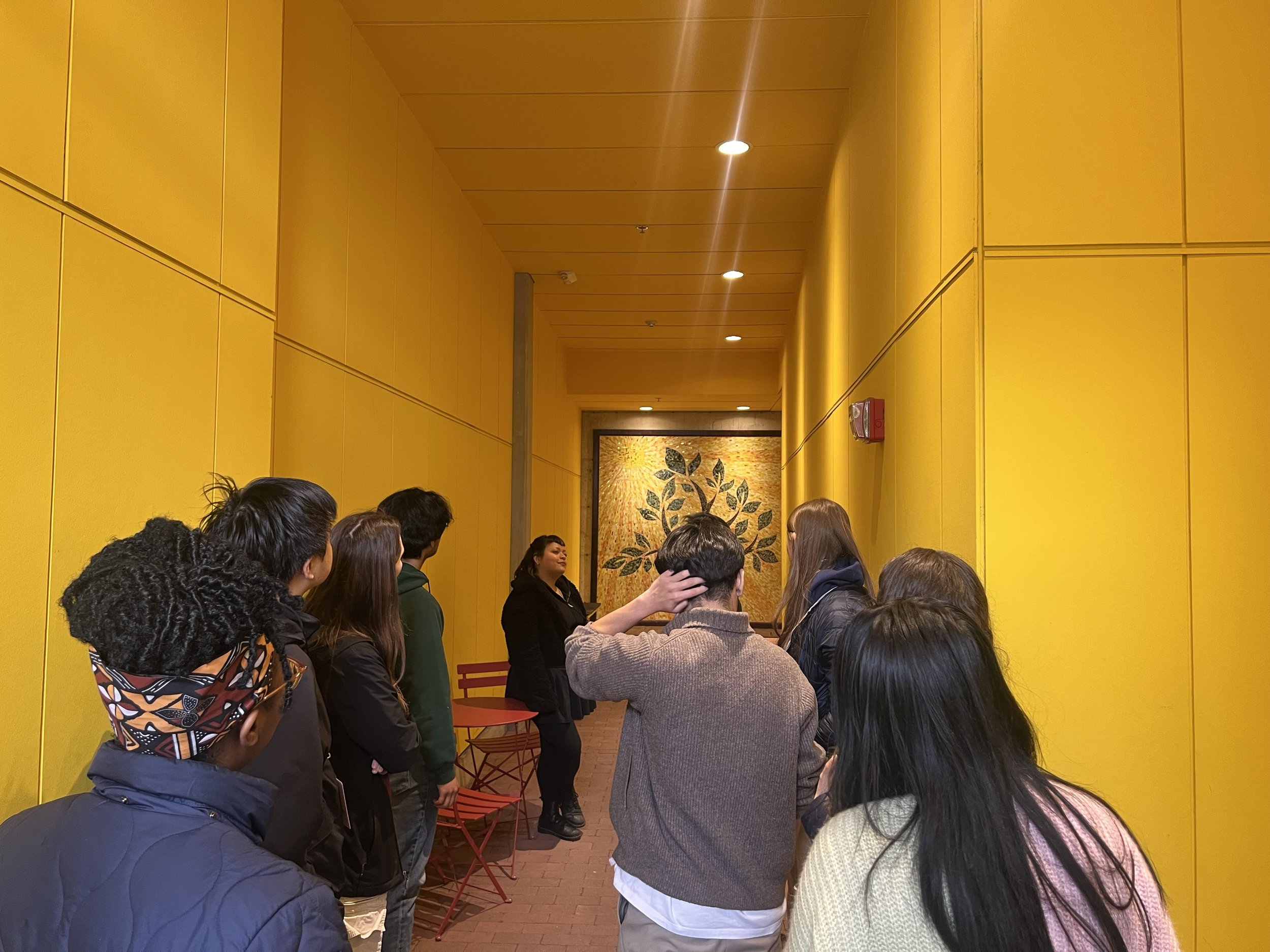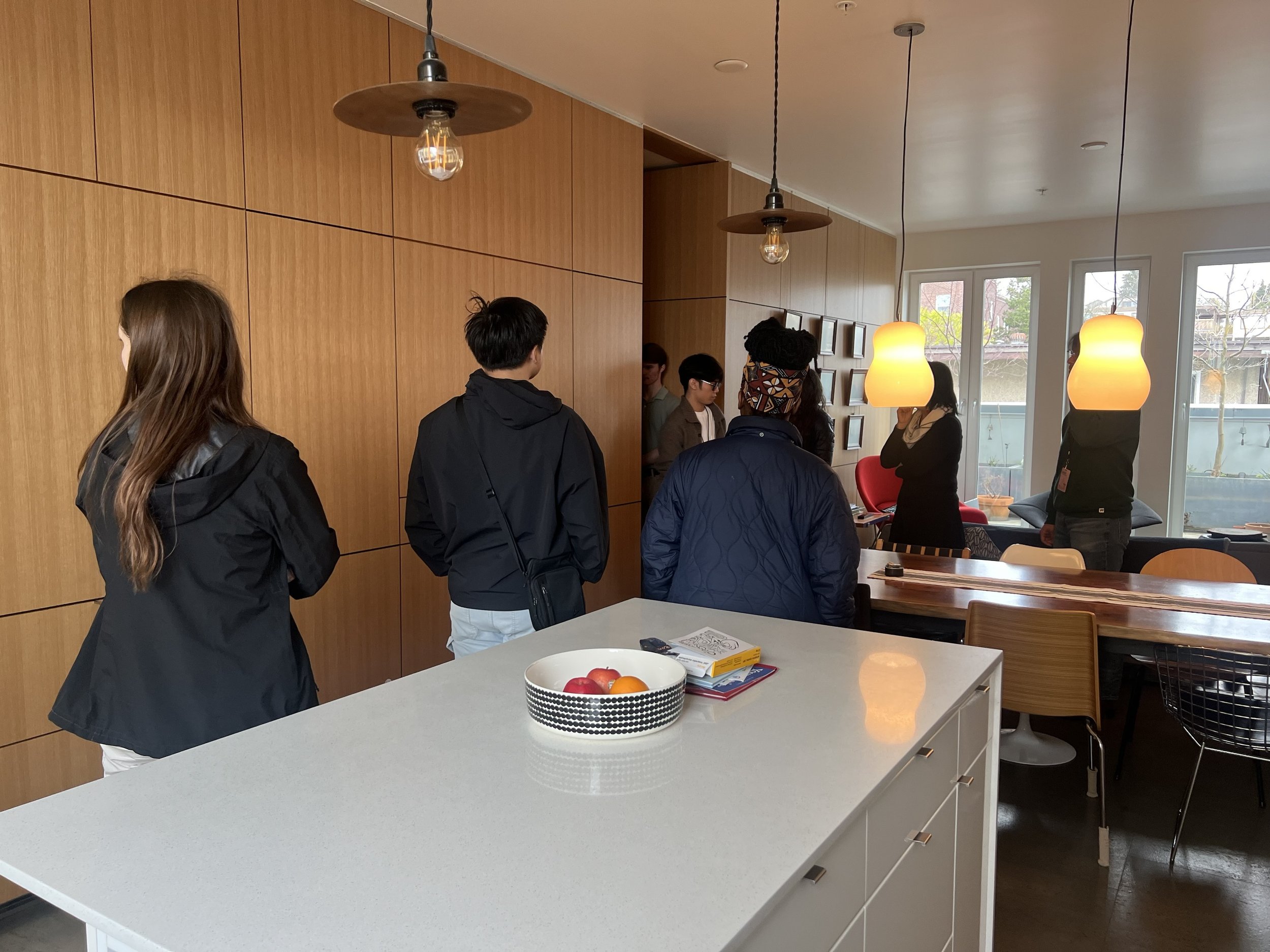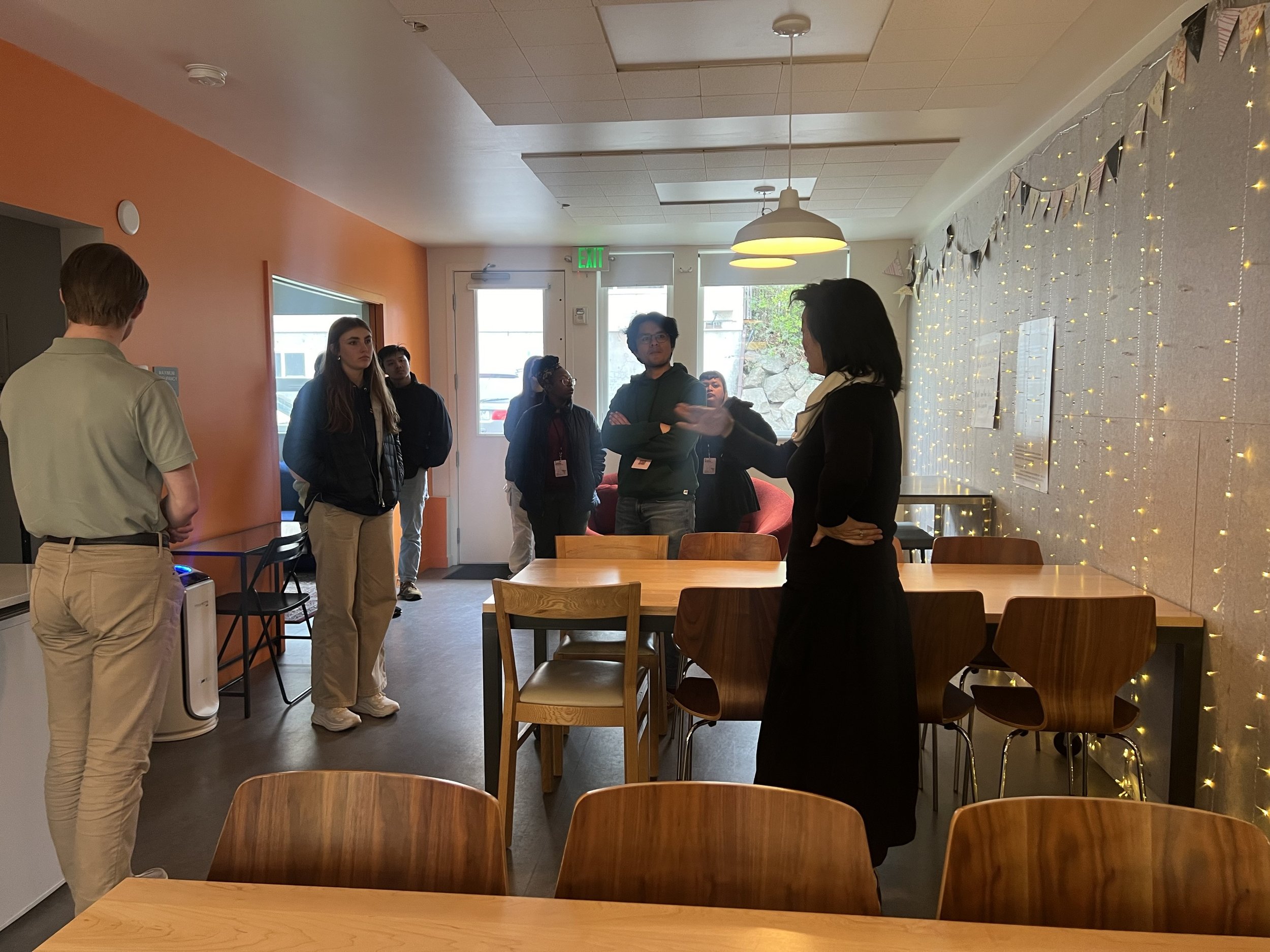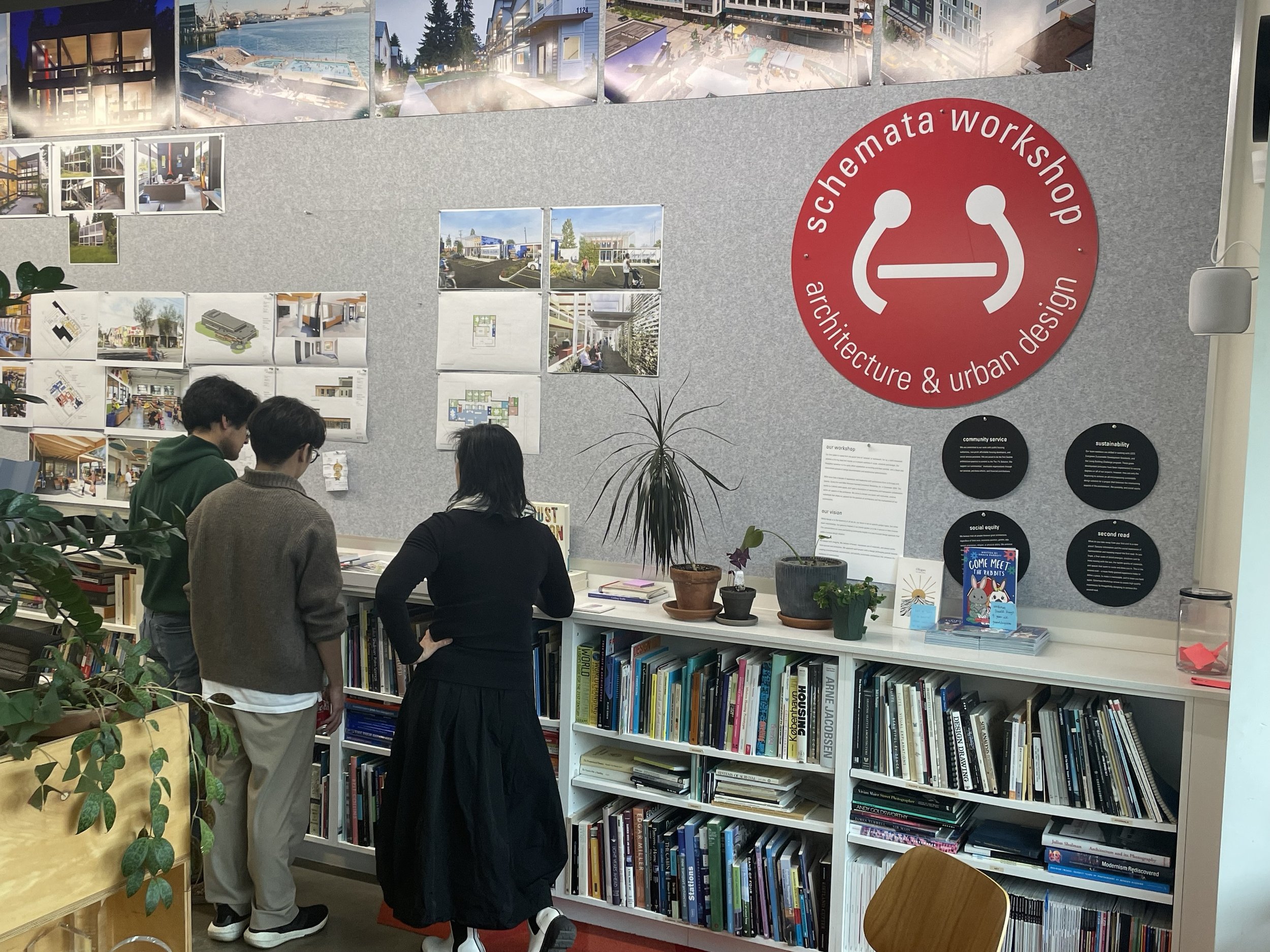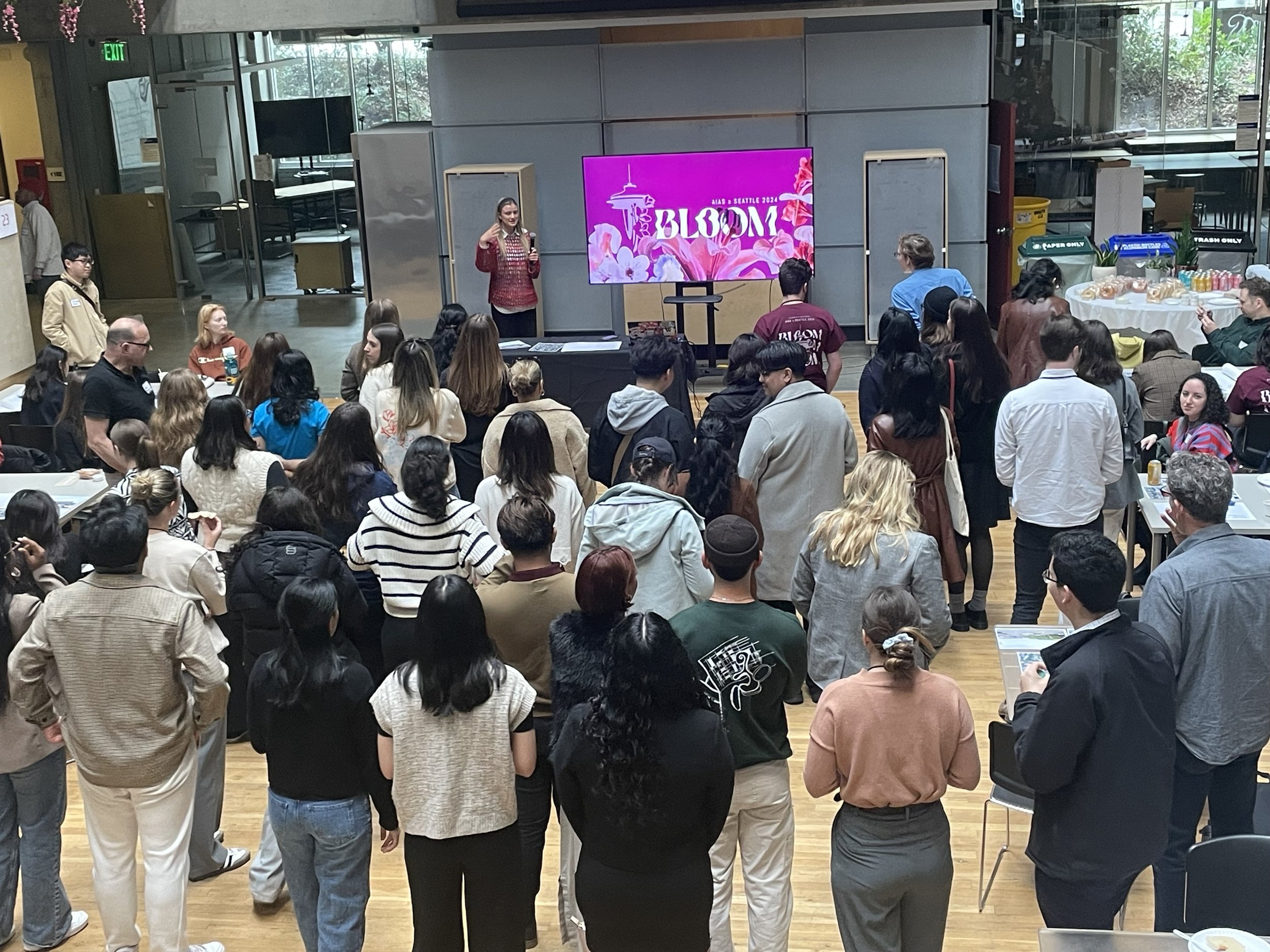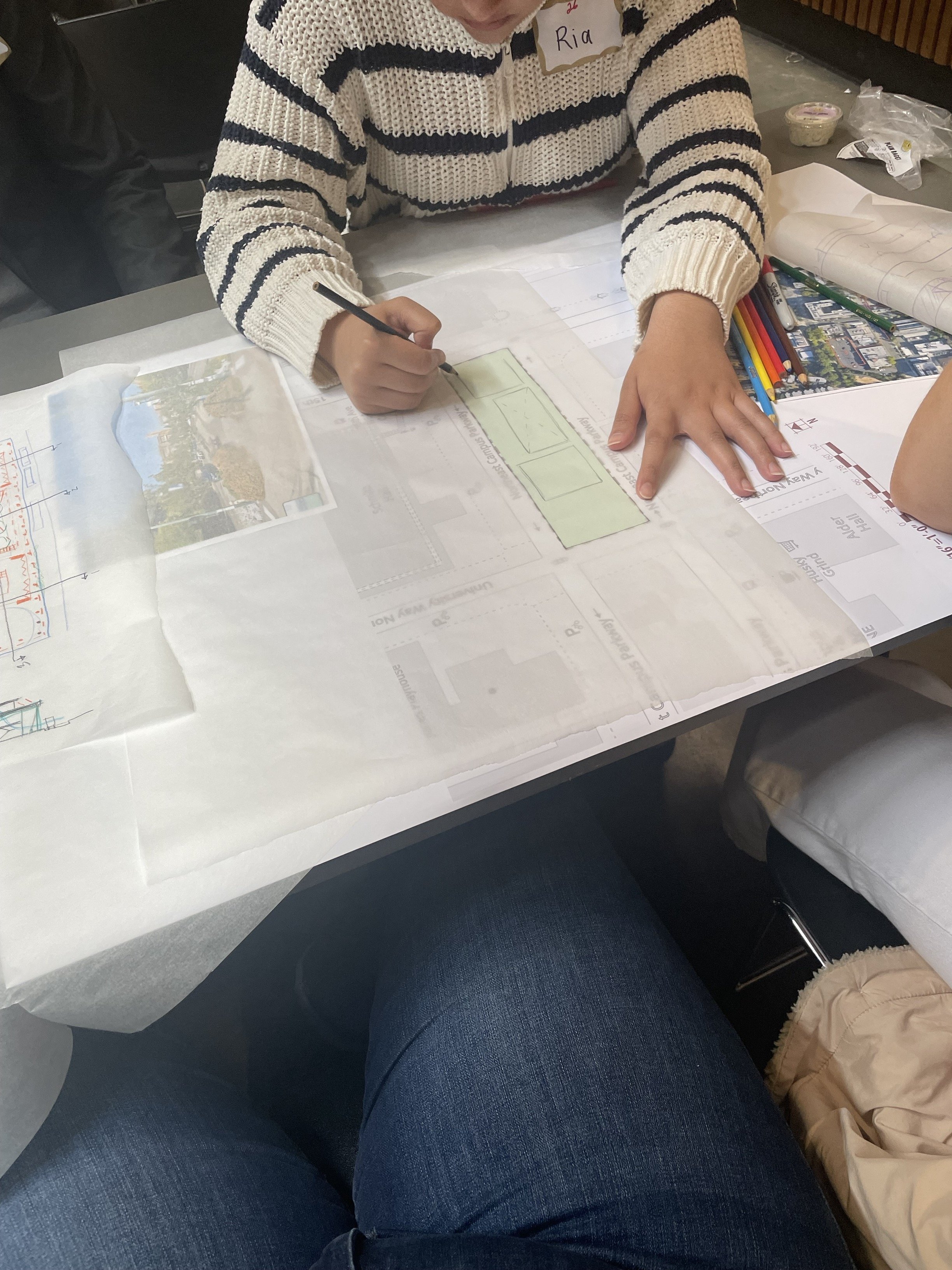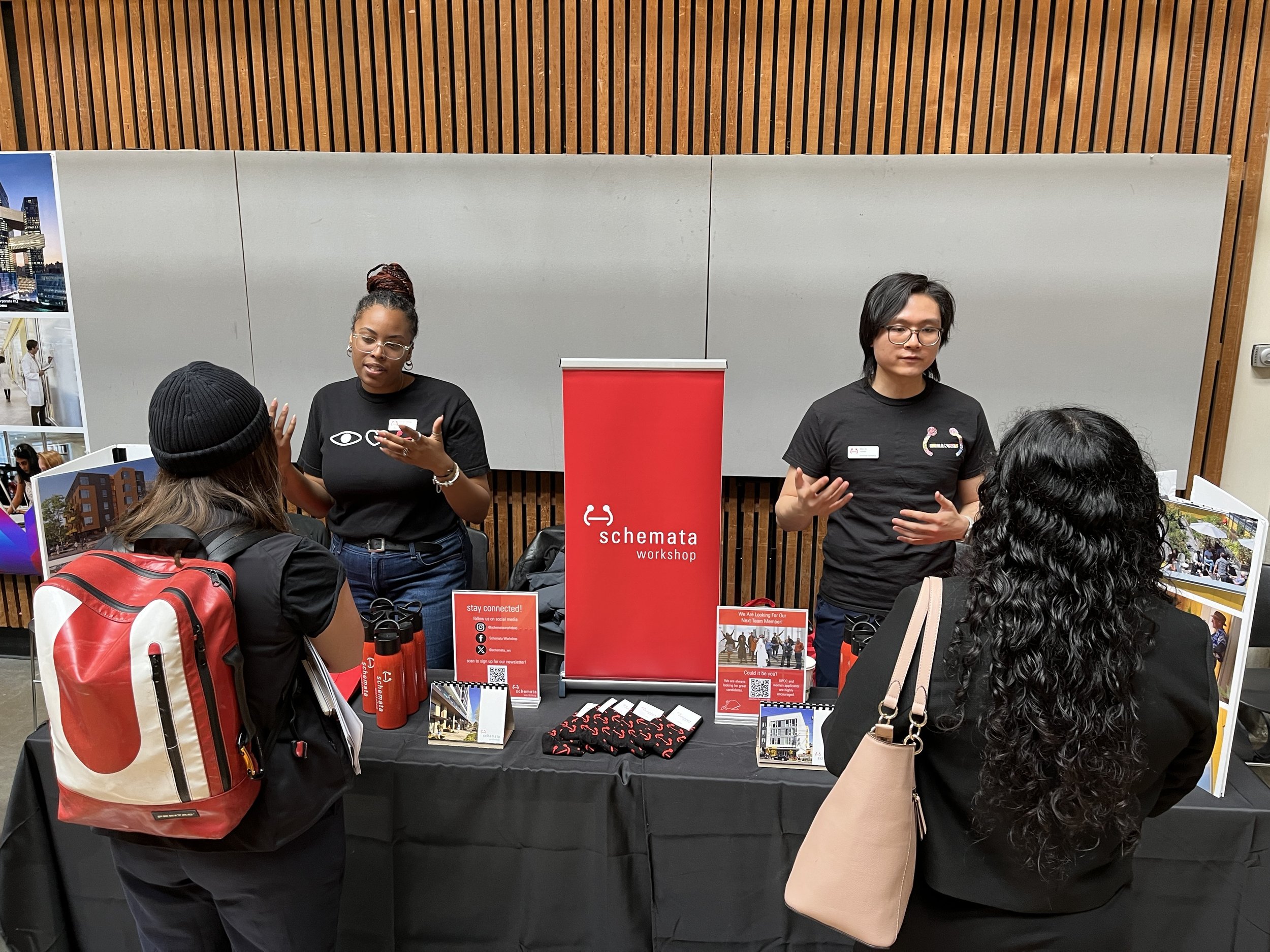For LGBTQ+ Pride Month, Schemata Workshop dedicates this blog to highlighting The AMP: AIDS Memorial Pathway. The AMP holds a special place as it centers and tells the stories of LGBTQ+ community members in Seattle’s historic Capitol Hill.
The AMP composes four different artworks: andimgonnamisseverybody (Christopher Paul Jordan, We’re Already Here (Civilization), Ribbon of Light (Horatio Hung-Yan Law), and In This Way We Loved One Another (Storme Webber). Situated around the Capitol Hill TOD project completed by Schemata Workshop in 2020. Schemata was first involvement with the TOD project was as community members - serving on a community stakeholder advisory group, then later as consultants documenting the community’s vision for the site, and eventually became the architect for a developer-led response to Sound Transit's RFP.
TOD Charette 2009
Community members identified a desire for the future development to have high quality, sustainable design and construction, and lower parking counts than other mixed-use development in the neighborhood. They also wanted to see the inclusion of affordable housing, community spaces, and permanent homes for the farmer's market, and performing and visual arts. Also expressed was the desire for an AIDS memorial to be incorporated into the site to acknowledge the impact of AIDS to the community, and the significant loss of lives during the late 80s. The AIDS Memorial Project was born, and later renamed The AIDS Memorial Pathway (AMP).
The Amp Workshop 2 2017
Initially there was discussion of hosting the National AIDS Quilt on-site at a LGBTQ+ Welcome Center. There proved to be no feasible way to do this within the bounds of mixed-use programming and available funding. Schemata looked at leveraging public spaces at the TOD development, and the developer’s desire to incorporate art into the project. The community advisory group then asked Schemata to host a series of workshops to develop the memorial project and identify appropriate artwork and potential locations around the site. This resulted in creation of an arts master plan. Schemata worked with the LGBTQ+ community, the developer Gerding Edlen, and the City's Office of Arts & Culture to select artists to manage overall effort and produce individual pieces, meeting of challenge of not having a somber expression of memorial, while bringing attention to the AIDS epidemic and ongoing crisis.
Whim W'him Dance Troupe
After the completion of the Capitol Hill TOD project and the AMP, many community events have taken place here, using the X as a backdrop - whether it be dance performances the weekly farmers market, drag shows, fundraisers, or impromptu roller skate meetups.
The Capitol Hill TOD project was important to the founders of Schemata Workshop –as Capitol Hill is their home—and they were committed to neighborhood improvement, both professionally and personally. They saw the project as an opportunity to uplift marginalized voices who had seen the threat of gentrification in their neighborhood.
Learn more about the Amp: https://theamp.org/
Take Action/Resources: https://theamp.org/take-action/#information












